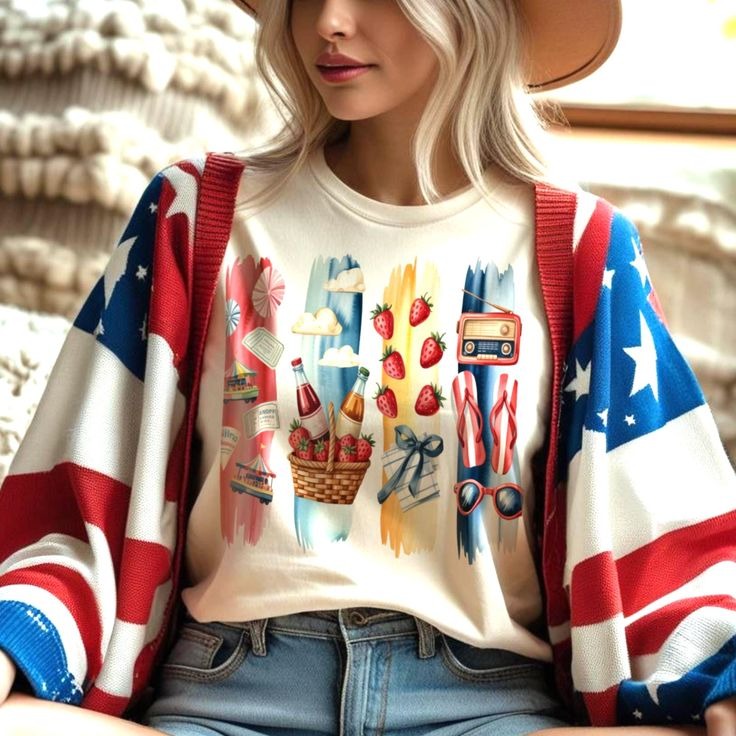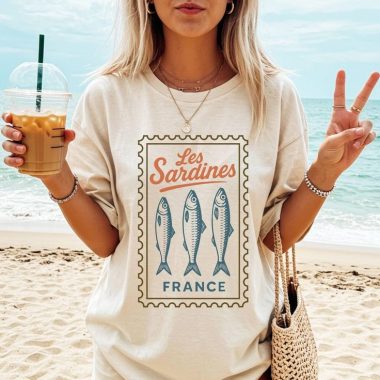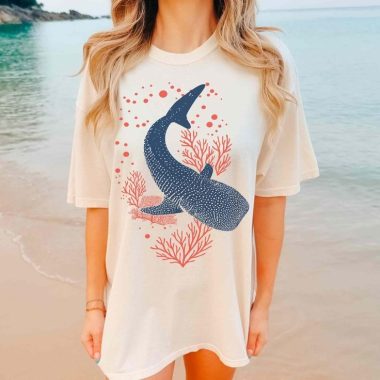Introduction
Fashion is an ever‑expanding narrative woven from the threads of history, culture, technology, and individual aspiration. It transcends the mere act of dressing the body, becoming an eloquent medium through which societies express values, individuals assert identity, and artistry meets utility. From the earliest hides stitched against cold winds to programmable smart textiles and avatar wardrobes in digital realms, fashion charts humanity’s journey in creative expression. In this comprehensive examination, we will trace fashion’s primordial origins, unravel its cultural and psychological dimensions, survey its industrial revolutions, delve into its technological frontiers, confront its ecological and ethical imperatives, examine its role as social catalyst and political platform, unpack its vast economic ecosystems, and glimpse the visionary horizons where the physical and virtual merge. In doing so, we reveal how fashion persists as a boundless tapestry—continuously rewoven by innovation, sustainability, and the indefatigable human spirit.
Primitive Beginnings: Garments as Shelter and Symbol
Long before craftsmen mastered needle and loom, our early ancestors draped themselves in animal skins, layered hides, and woven plant fibers to stave off cold, sun, and hazards. These primal coverings served primal needs—but even in their simplest forms, echoes of ornamentation appeared. Scraps of colored clay painted on hides, shells threaded into pendants, and carved bone amulets suggested that beyond survival, humans sought to signal group affiliation, spiritual protection, or personal prowess. As small bands transitioned from nomadic foragers to settled agrarians, the domestication of flax, cotton, and sheep enabled formal textile production. Spindles and rudimentary looms transformed fibers into threads and threads into fabric. Early weaves bore simple stripes and checks dyed with natural pigments, signaling tribal identity, social rank, or rites of passage. In these nascent acts of creation lay fashion’s dual essence: garments as both shields against nature’s extremes and canvases of human ingenuity and expression.
Threads of Culture: Textiles as Living Archives
Ancient and indigenous textiles serve as living archives of collective memory, preserving narratives of origin, myth, and communal values. In the Andean altiplano, Quechua weavers spin alpaca and sheep’s wool into vibrant ponchos whose symmetrical motifs recount ancestral legends and agricultural cycles, their colors sourced from mountain minerals. The West African bògòlanfini, or mud cloth, is hand‑woven from cotton and dyed with fermented mud, its abstract symbols embodying historical proverbs and spiritual beliefs passed down through generations. In Southeast Asia, batik artisans draw heated wax patterns on fabric before dyeing, producing intricate floral and folkloric designs that trace local histories and social hierarchies. The Japanese shibori technique manipulates cloth through binding and folding to create fluid, organic patterns reflecting water and sky. Even as contemporary designers reinterpret these heritage weaves in modern silhouettes, each piece remains tethered to its cultural roots, ensuring that the warp and weft carry forward ancient wisdom into new dialogues.
The Semiotics of Dress: Psychology and Personal Narrative
Clothing is potent semiotics—a silent dialogue between wearer and witness. Each silhouette, hue, and texture functions as a word and tone in a visual language. A sharply tailored jacket conveys authority and precision; a flowing silk gown whispers sensuality and creative freedom. Colors wield psychological power: deep blues evoke trust and introspection; fiery reds ignite passion and visibility; muted earth tones suggest grounded calm. Textures add nuance—luxe cashmere imparts warmth and comfort; crisp linen heralds clarity and natural elegance; glossy synthetics project futurism. Accessories punctuate these messages: a sculptural handbag can signal artistic sophistication, while a frayed denim jacket evokes rebellion and authenticity. Psychologists identify “enclothed cognition,” the phenomenon wherein donning specific garments can influence mood, cognition, and confidence. Through this intimate interplay, fashion becomes both mirror and catalyst for personal narrative, enabling individuals to craft roles, moods, and identities in daily performance.
First Industrial Revolution: Mechanized Fabric and the Rise of Ready‑to‑Wear
The eighteenth and nineteenth centuries witnessed a seismic shift as water‑powered looms and mechanized spinning jennies accelerated textile production. The advent of the sewing machine further revolutionized garment construction, slashing assembly time from hours to minutes. Suddenly, clothing moved from bespoke tailor’s workrooms into factories, birthing the ready‑to‑wear industry. Department stores, with their elaborate window displays and customer‑friendly return policies, invited middle‑class shoppers into curated universes of style. Mail‑order catalogs extended this newfound access to rural and remote regions. Yet this democratization also ushered in a throwaway culture: as factories churned trend after trend, consumers embraced a rapidly shifting wardrobe that often outpaced quality, fueling waste and uniformity. In response, haute couture houses solidified their emphasis on artisanal hand‑craftsmanship—meticulously hand‑sewn hems, bespoke fittings, and decorative embroidery—preserving fashion’s creative pinnacle even as mass‑market models flourished.
Second Industrial Revolution: Synthetics and the Democratization of Innovation
In the early twentieth century, the development of synthetic fibers such as rayon, nylon, and polyester introduced new realms of possibility. These man‑made fabrics offered affordability, durability, and ease of care, democratizing the bold prints and vibrant colors once reserved for the wealthy. Nylon’s debut as the first synthetic textile fiber in the late 1930s disrupted silk imports, making hosiery and lingerie accessible to broader audiences. Post‑war innovations led to polyester blends that resisted wrinkles and stains, catalyzing trends in sportswear and unisex designs. Yet the environmental costs—non‑biodegradable waste, microplastic shedding—would only surface decades later, prompting a reevaluation of convenience over stewardship. Nonetheless, the synthetic revolution demonstrated fashion’s capacity to harness chemistry and engineering to expand possibilities, laying groundwork for today’s advanced material science.
Digital Revolution: Virtual Runways and Smart Textiles
The turn of the twenty‑first century brought digital transformation to the fashion sphere. Designers streamed virtual runway shows across continents, transcending geographic and financial barriers. Social media platforms elevated street style to global phenomenon, flipping the traditional top‑down model of trend‑setting as grassroots influencers shaped micro‑trends in real time. On the technological frontier, researchers infused textiles with innovative functionalities: phase‑change materials that regulate body temperature, nanotextiles that repel stains, and conductive fibers woven to transmit biometric data for health monitoring. Three‑dimensional knitting machines rendered seamless, custom‑fit garments from digital blueprints, minimizing fabric waste. Augmented reality fitting rooms overlaid virtual garments onto live video feeds, reducing returns and enhancing consumer engagement. Blockchain traceability systems logged each fiber’s journey—seed, harvest, mill, workshop, showroom—ensuring transparency and accountability in complex supply chains. In this digital renaissance, garments evolved from static coverings into interactive, responsive interfaces bridging physical and virtual realities.
The Ethical Imperative: Sustainability and Circularity
Fashion’s ecological footprint is vast: conventional cotton cultivation consumes thousands of liters of water per kilogram of fiber, synthetic polymer production relies on fossil fuels and yields microplastics, and global dyeing processes discharge harmful chemicals into waterways. In response, an ethical movement has crystallized around principles of sustainability and circularity. Regenerative agriculture revitalizes soil carbon and biodiversity in fiber fields. Closed‑loop dyeing systems capture and recycle water and pigments, eliminating toxic effluent. Circular design mandates that garments are created for durability, repairability, and recyclability, extending product lifecycles and recasting waste as resource. Rental and resale platforms foster community and reduce single‑use consumption. Upcycling initiatives transform textile scraps into new statement pieces, blending creativity with environmental stewardship. Artisanal cooperatives link traditional craftsmen to ethical markets, guaranteeing living wages and preserving cultural heritage. Digital platforms and QR‑code tags empower consumers to trace supply chains, fostering informed choices aligned with personal and planetary values. Through these transformations, fashion stands poised to reconcile its creative drive with an urgent moral call for stewardship.
Social Fabric: Fashion as Catalyst for Change
Throughout history, clothing has served as a potent medium for political expression and social solidarity. In the early twentieth century, suffragettes donned white dresses and purple sashes to unify their message for women’s suffrage. During the Civil Rights Movement, African American communities embraced natural hair and African‑print textiles as acts of cultural reclamation and resistance. The punk subculture of the 1970s weaponized DIY aesthetics—safety pins, ripped garments, anti‑establishment slogans—to confront consumerism and political complacency. More recently, runway shows and advertising campaigns have foregrounded diverse bodies, ages, and gender expressions, challenging narrow beauty ideals. Graphic T‑shirts and capsule collections direct proceeds to humanitarian causes, climate justice organizations, and grassroots movements. Virtual “mend‑in” events and online clothing swaps double as forums for sustainability dialogue and community building. In these contexts, garments transcend ornamentation to become living manifestos—wearable declarations of solidarity, dissent, and aspiration.
Economic Tapestry: Global Supply Chains and Market Forces
Fashion’s global economy spans agriculture, manufacturing, logistics, retail, and digital commerce. Developing nations—Bangladesh, Vietnam, Ethiopia—anchor manufacturing hubs through cost advantages, while luxury epicenters—Paris, Milan, New York—command prestige via heritage houses and flagship boutiques. E‑commerce platforms and direct‑to‑consumer brands disrupt traditional retail, leveraging data analytics to forecast micro‑trends, optimize pricing strategies, and personalize marketing. Seasonal fashion weeks and trade fairs orchestrate buying cycles, even as “see now, buy now” formats collapse runway timetables. Geopolitical instability, trade tariffs, and climate‑related disruptions drive brands to diversify sourcing, near‑shore production, and invest in resilient micro‑factories. Concurrently, small batch designers experiment with on‑demand digital fabrication, offering bespoke pieces with minimal waste. In this intricate ecosystem, agility, transparency, and ethical stewardship have become strategic imperatives, guiding brands toward sustainable competitiveness in a rapidly evolving marketplace.
Digital Couture: The Metaverse and Virtual Wardrobes
As virtual realms proliferate, fashion has leaped into the metaverse. Non‑fungible tokens (NFTs) authenticate rare digital wearables that avatars flaunt in online communities, games, and social platforms. Major maisons host immersive virtual fashion shows, complete with interactive experiences and collectible digital merchandise. Augmented reality apps let users layer digital garments onto selfies, creating phygital hybrid identities that transcend physical closets. Blockchain ensures the provenance and scarcity of these digital pieces, furnishing new forms of value and status. “Phygital” collections span both domains: consumers purchase a physical garment and receive its digital twin, unlocking exclusive online events or future digital drops. This convergence invites a rethinking of ownership, desirability, and self‑expression, as fashion’s canvas expands into boundless virtual landscapes and pixelated wardrobes.
Toward Tomorrow: Personalized, Predictive, and Planetary
Looking ahead, fashion’s next frontier lies at the nexus of personalization, prediction, and planetary care. Artificial intelligence stylists will curate hyper‑personal wardrobes tuned to individual body metrics, climates, lifestyles, and ethical priorities. Distributed micro‑factories—powered by renewable energy and digital fabrication—will produce garments on demand within local communities, slashing transportation emissions and inventory waste. Biofabrication labs will cultivate sustainable fibers from algae, mycelium, or lab‑grown collagen, replacing resource‑intensive crops and petrochemicals. Wearable biosensors woven into fabrics will monitor health parameters—hydration, UV exposure, posture—and interface with medical platforms for proactive wellness management. Blockchain‑governed cooperatives may oversee decentralized fashion collectives, empowering artisans and consumers with transparent governance and equitable profit‑sharing. In this envisioned ecosystem, fashion becomes a holistic system that honors creativity, inclusivity, and environmental regeneration—where every garment, physical or virtual, contributes to a healthier planet and more vibrant human tapestry.
Conclusion
From the first patched skins of prehistoric wanderers to the programmable smart textiles and digital avatars of tomorrow, fashion remains an unbroken testament to human imagination and adaptability. It shields us from elements, adorns our communal rituals, amplifies our voices, and charts the evolution of societies. As we stand at the threshold of profound environmental and social challenges, the choices we make—about materials, labor practices, technology, and cultural respect—will shape fashion’s legacy for generations to come. By weaving together sustainable innovation, ethical stewardship, and boundless creativity, we ensure that fashion’s tapestry continues to expand, linking past, present, and future in a grand, ever‑evolving chronicle of style and human possibility.




